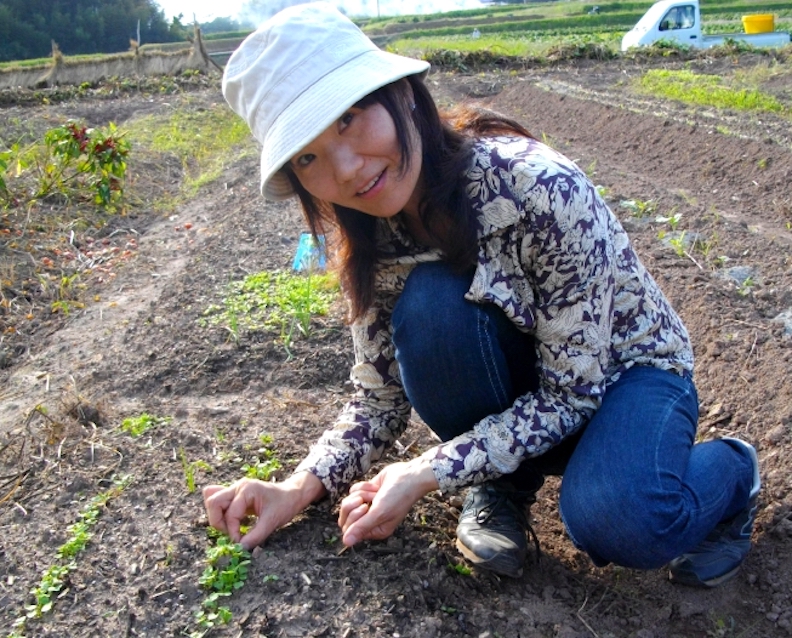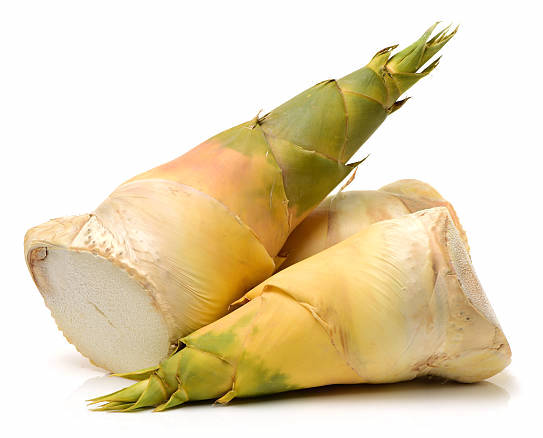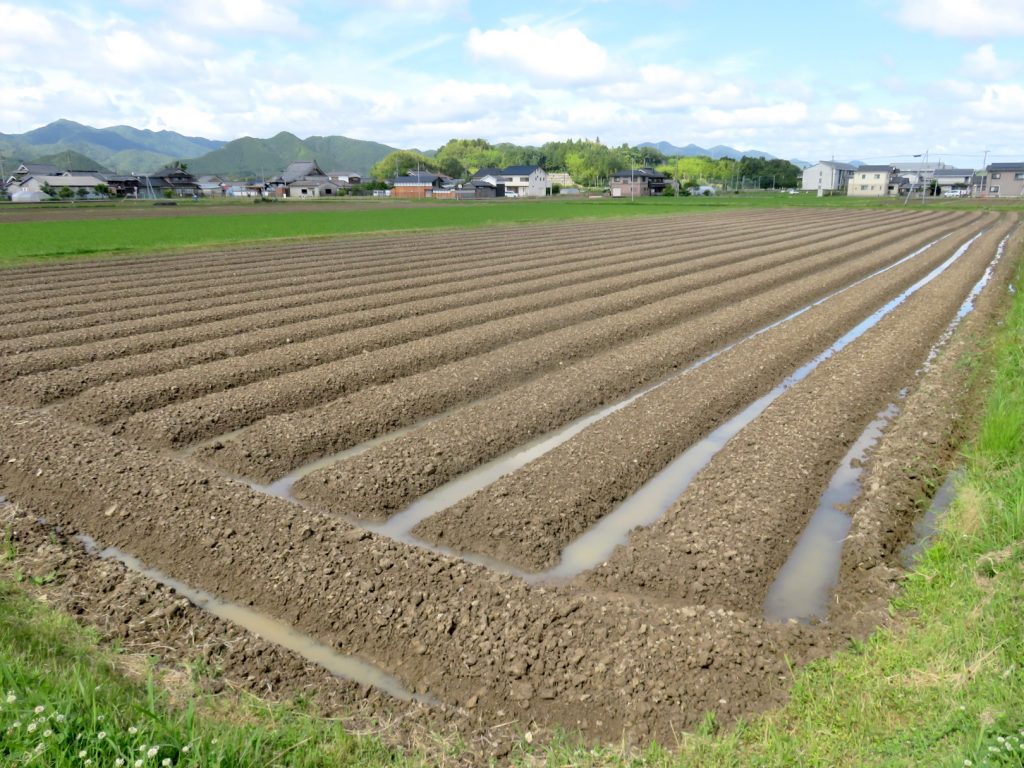
We have a 400-year-old castle in the center of town. Well, to be fair it’s really the ruins of a castle. Even so, it’s an impressive sight and many of our festivals and fairs are held in an area adjacent to the castle compound. It’s completely surrounded by cherry trees, so it’s a popular spot during the Cherry Blossom festival, and whenever the weather is good, for families and friends to picnic, for people to stroll. The castle and surrounds are also frequented by local artists.
The inside of the castle grounds has a large wooden structure which functions as a visitors center and museum, telling of the history and function of the original castle, which burned to the ground some time ago. It was, as were all such structures in Japan from this period, made entirely of wood.
Sasayama was not an important military outpost. The castle served as a way-station for the visiting samurai. But like all castles of its time, protection from hostile takeover was a basic requirement. Its first level of fortification consisted of moats, an outer moat and an inner moat. These obviously wouldn’t be very effective against cruise missiles or Predator drones but they served the purpose at the time, erecting a formidable obstacle at the time for any aggressors, who were usually on foot.
Now the moats perform an entirely different function. Both inner and outer moats are the home of ducks, which spend their days floating, gliding, hanging out, dunking for debris on the bottom, and of course, making more ducks. I haven’t seen any of them ducking, however, since there is no duck hunting, at least around the castle, or anywhere in Japan that I know of.

And then there are the turtles. Turtles are horrible conversationalists, slow, lumbering, in my opinion, very dull creatures. Our local turtles focus exclusively on loitering, sunbathing, meditating, doing what turtles have been doing long before the castle was built — say going back at least four million years. Turtles are behaviorally a quite stable species, to put it mildly. Frankly, I’m still puzzled why anyone would want a turtle as a pet. A medium-size rock provides the same amount of companionship and requires less maintenance.
Anyway . . .
The moats definitely offer the many visitors who visit this historic site, something more interesting to experience and enjoy than the stone wall fortification — the second line of defense — which forms the base the entire perimeter of the castle grounds.
One of the outer moats also has a very special function. In spring and summer, the city rents row boats. No jet skis, no submarines, no hover craft. Only row boats. That pretty much fits the pace here.
This year the experience of the picnickers, revelers, stroller, artists, and ducks and turtles, was dramatically heightened. A local elementary school connecting their students with nature and community service had them plant lotus flowers. The effect was breathtaking.
































Life In Japan: The Naked American
I taught English full-time here in Japan for a whole year in 2008. There were all levels of classes, all ages, from beginner to advanced, from 4-year-olds to folks in their eighties.
One Friday morning in August or September, I walked into my advanced English class, situated at a cross-cultural community center on the edge of town, and it was obvious something was being shared my students thought was funny which I apparently wasn’t supposed to know. They were giggling and looking conspicuously guilty. It was a small class, only five students, and I guess I caught them somewhat by surprise. Which itself didn’t make sense, since it was one-minute before class was supposed to start. Perhaps they wanted to be caught in their conspiratorial pow wow.
“Okay, students. What were you talking about? What’s so funny?”
“Nothing, JD. We were laughing about something?” As they continued to giggle.
“We have no secrets here. You’re required to tell me what your conversation was all about. I think it might be a law.”
(Conferring among themselves.)
“Should we tell him?”
“Really?”
“I’m embarrassed. You tell him.”
“No, you tell him.”
Finally, one of them spoke up.
“Uh . . . it’s just . . . actually . . . you have a nickname here in Sasayama.”
“A nickname. I have a nickname? What nickname?”
“Yes. People here call you [more giggles] . . . the naked American.”
“The naked American? The naked American! I don’t understand. Why would they call me the naked American?”
“Well . . . people see you riding around on your bike without a shirt.”
Without a shirt.
I thought about it. I’d never really noticed. Did I ever see any guys without their shirts? It’s not something I really pay much attention to.
Of course, in the U.S. it’s very common in hot weather for us fellows to whip off our shirts to stay cool. There are even signs in convenience stores: No Shirts, No Shoes, No Service!
I started to look around. I’ve been paying attention to this important item now for about eleven years. And quite honestly, I have only seen a man without a shirt once or twice.
In eleven years!
I specifically remember thinking how insensitive many Western girls were. All of the local women dressed very modestly, as Hindus and Muslims, covering themselves head to toe in beautiful genuis, informal sari-like gowns.
How inconsiderate!
How insensitive!
How rude!
Uh . . . sort of like me riding around on my bicycle without a shirt here in Japan.
Busted . . . and humbled!
See? I was WAY AHEAD of my time, the creator of a new social movement, and I didn’t even realize it — the #FreeTheNipple movement!
I’m so heartened that people are putting time and energy into the real threats to happiness and health here on this planet.